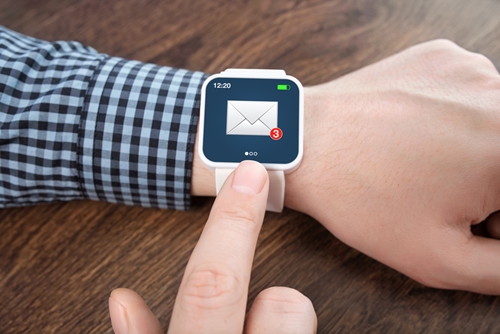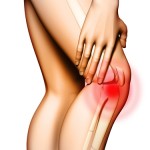Wearable devices bridging gaps in network of EHRs
Wearable medical devices have always been considered something of a niche product to many medical professionals. Hospitals in Boston have had some success using Google Glass to record and augment surgeries in real time from physicians' perspectives, but the promise of wearable medical technology may truly lie with patients above all else.
As wearable devices not only become more natural to wear daily, but able to collect more accurate readings, too, then several experts expect them to fill the data gaps currently holding electronic health records back from achieving an advanced clinical function. As data silos and low patient engagement rates threaten to undo all the good EHRs and value-based care have done, wearable medical devices may be the next link in the healthcare reform chain.
When smartwatches talk to EHRs
According to a report conducted by IMS Research, the wearable device market will grow upwards of $6 billion by 2016. This period will also see an astonishing compound annual growth rate of 53.7 percent. But what is all this tremendous growth leading toward?
According to a column for Health IT Exchange written by Zach Watson, content manager for TechnologyAdvice, the answer is an interconnected ecosystem of wearable medical devices and EHRs. Meaningful use incentives have always pushed vendors and providers toward the development and implementation of EHR systems that emphasize interoperability with other data sources, and the issue of inaccessible patient information looms large for an industry-worth of EHRs that need to take the next step in big data analysis. Though navigating the often endless complexities of cross-network data transfers may be too large of a problem to address at the moment, Watson argued that wearable devices have the opportunity to become the ever-present link to continuous data collection and monitoring that the modern EHR landscape cannot provide.
Watson highlighted Apple's HealthKit platform that integrates data from disparate health applications and presents them in a unified, accessible format. If a simple smartwatch can compile and display complex health information simply from being worn all day, Watson is not the only one calling for wearable devices to play a larger part in building up a national EHR network.
Letting EHRs talk in their own language
In a column for HIT Consultant, Robert Rowley, M.D., a primary care practitioner based out of California, explained that one of the biggest obstacles holding back EHRs is the fact that they are still being used from a physician-centric standpoint. For privacy's sake, many popular EHR formats are only accessible through a user interface that requires one or several passwords. This makes it difficult for malicious third parties to gain unauthorized access to sensitive patient health information, but it also hampers one EHR's ability to talk to another one without consent from a human user.
This manual process of data transfer may not allow automatic data collection between wearable medical devices and EHRs. It also reduces passive communications between EHRs that are not located on the same network. If a patient's record is updated with one provider, out-of-network specialists need that information for accurate diagnoses going forward.
Rowley explained that a true ecosystem of EHRs and wearable medical devices communicate not on the user level, but where the data itself is stored. Nothing more than an interconnected system of biosensors and data repositories, bypassing the user interface allows data to freely flow from one source to the next.
However, that would entail high-level security protocols to encrypt data before transmission or more stringent policies to protect data in-transit. Whatever the fix, calls from experts like Rowley will continue to grow as wearable devices become a common part of many patients' lives.



